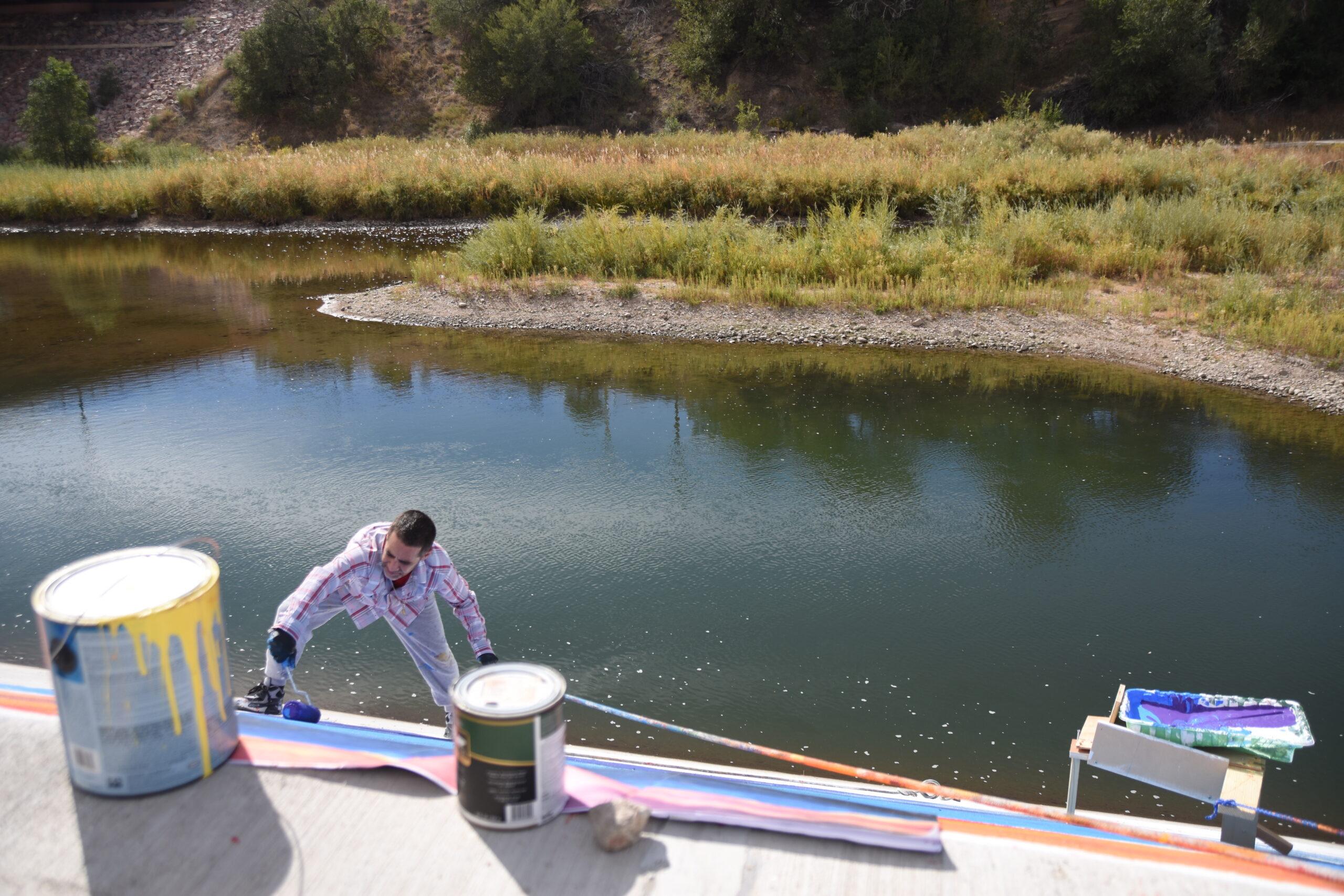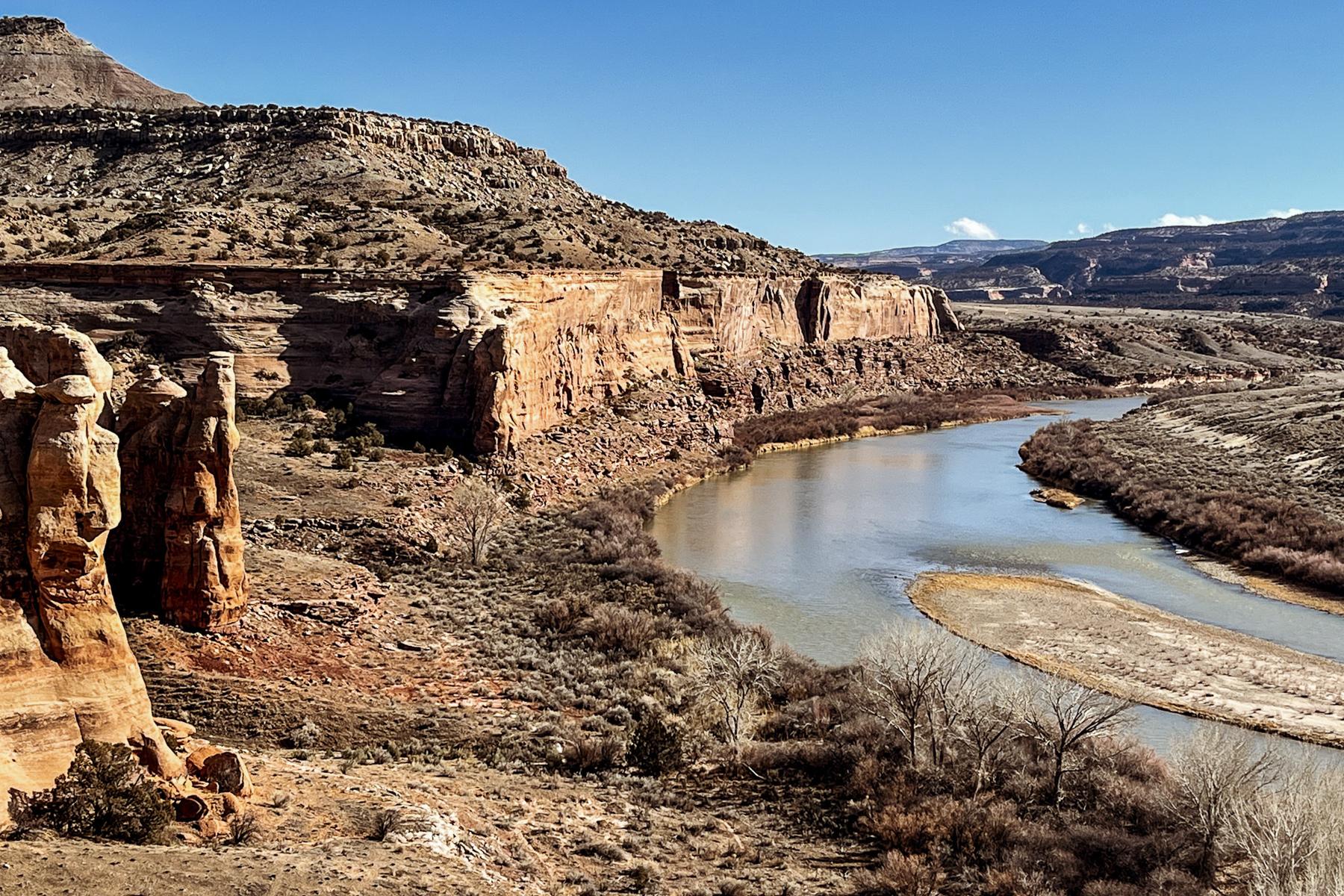
Artists can now submit designs for a special section of a mural in Pueblo along the rebuilt levee lining the Arkansas River.
The theme celebrates Pueblo's history. The winning design will incorporate the five flags on the city seal that represent countries and territories that Pueblo has been part of over the past 200 years. Those include France, Mexico, Texas, Spain, and the U.S.
The city is looking for designs that "tell a visual story of the history of Pueblo and represent the community… without recreating the official City Seal," according to a news release about the contest.
“This theme represents our history and culture of Pueblo," said Pueblo City Councilor Sarah Martinez, "while allowing our talented art community the opportunity to showcase their designs in a lasting and historic way on the Pueblo Levee."
Indigenous people lived in and passed through the region as well. While the design must incorporate the five flags, "that theme is open-ended and up to interpretation, so if an artist would like to include Native history in the design it would be totally appropriate and welcomed," said Haley Sue Robinson with the city.
City Council will choose the top five designs; the community will vote on the final design using the Pueblo city website and social media.
The exact location of the winning mural is not yet determined. Robinson said it may be part of the section set aside specifically for historical depictions by the Pueblo Levee Mural Project. Murals recognizing Saint Mary-Corwin Hospital, Damon Runyon and women steelworkers are already part of this section.
The winning artist will receive a stipend of $1,000, as well as $4,000 from the city in supplies and production help.
Entries are due by Friday, Nov. 18, and cannot include logos, religious depictions, or trademarks.
The original mural was once listed by Guinness World Records as the largest outdoor mural in the world. It was destroyed when the city had to rebuild it in order to meet new standards set forth by the Federal Emergency Management Agency after Hurricane Katrina.
The levee was first built after a devastating flood in 1921.









